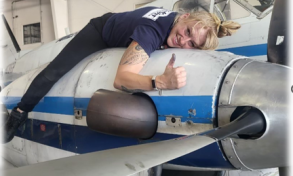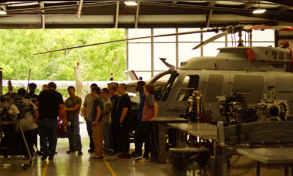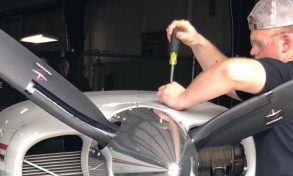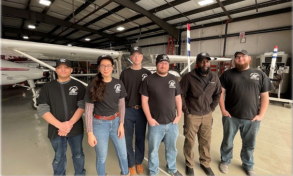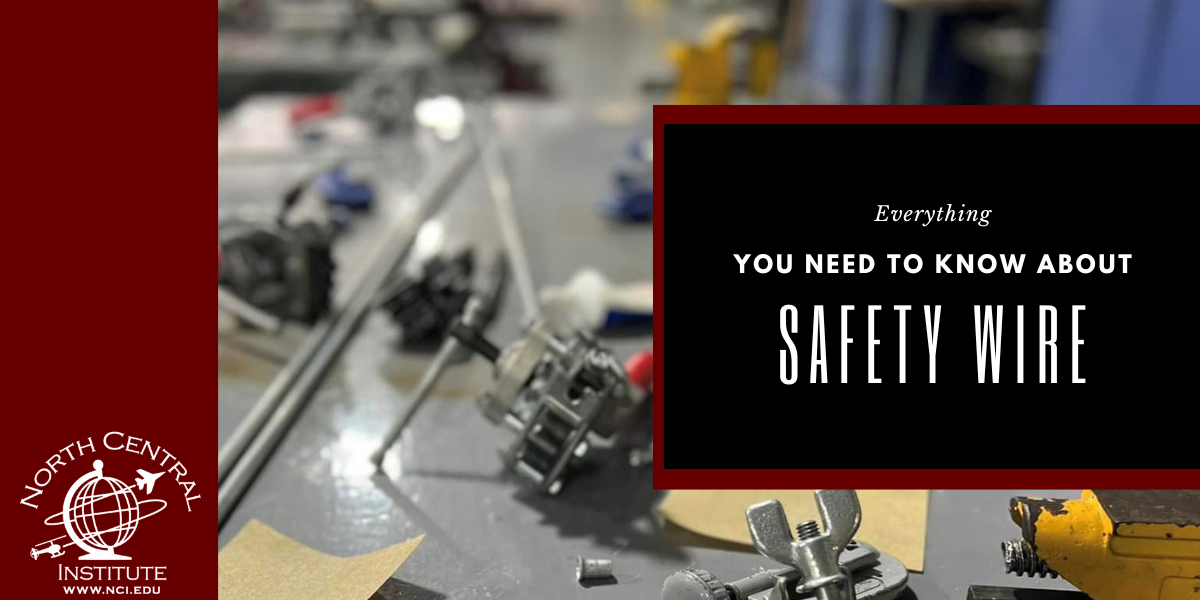Airplanes undergo a lot of stress. From takeoff to landing and the times in between, there’s stress everywhere. Luckily, there are safety measures in place to ensure an airplane can do its job flight after flight. One such safety measure is small but mighty: safety wire. Also known as locking wire, it is an integral part of aviation maintenance and performance. But what is it and what does it do?
What is Safety Wire?
Safety wire, as the name suggests is wire. However, there’s a bit more to it than that. Safety wire is used to secure screws, nuts, bolts, studs, and more. These are things that cannot be safely secured by any other practical means. When used properly, the wire will prevent these fasteners from moving. Safety wire is a necessary precaution in areas of the aircraft that undergo a lot of vibration that could potentially cause the loosening of fasteners.
Safety wire is threaded through a hole drilled into the fastener. It is then twisted and anchored to either a second faster or another part, and then twisted again. These twists in the wire are what make it so secure. If done properly, any loosening of the fastener will be counteracted by the tightening of the wire. One way to make sure it’s been installed properly is to see if the twists pass the “righty tighty” test. Does the installed safety wire cause the bolt to tighten, or “tighty”? Then it’s been installed correctly!
However, you must be careful not to over-twist the safety wire. This can make it break more easily when additional stress is added to it. You also don’t want your safety wire to be under twisted either. In general, you want about 6 to 8 twists per inch.
The Different Types of Safety Wire
Because there are different mechanisms that need to be secured, there are different types of safety wire. The most common sizes for safety wire are 0.032 and 0.041 inches in diameter. However, thicker wire will be needed to hold larger screws in place. The most common material for safety wire is stainless steel. Stainless steel is used when you don’t want what it is securing to move.
However, there are times when you do want safety wire to be able to shear or break. For example, you’ll want copper or brass wire when securing emergency equipment such as switch handles, emergency exists, and fire extinguishers. This is because the successful operation of this emergency equipment is dependent on the safety wire being able to break. Copper and brass safety wire, while also more malleable than stainless steel, is usually only 0.015 to 0.020 inches in diameter.
Safety wire should always be new upon each application since it is single use and disposable. If, upon inspection, you notice safety wire that is loose or missing, be sure to have it replaced as soon as possible.
Precautions to Keep in Mind Before Wiring
Before installing safety wire, you want to make sure that whatever it is securing has been properly assembled first. Safety wire is a failsafe against the vibration and loosening of fasteners, not a replacement for tightening those fasteners.
Make sure you are always using twisting pliers. These special pliers will allow you to grip the two loose ends of a piece of safety wire and twist it properly. However, keep in mind over-twisting will weaken the wire.
General Safety Wire Locking Rules
It is important to remember these rules the next time you are installing safety wire:
- Only use the safety wire once and make sure it isn’t damaged before installation.
- Safety wire should not be chafing or rubbing against any other parts. This can cause it to weaken or even break.
- The length of wire between two fasteners should be as short as possible.
- Fasteners with left-hand and right-hand threads need to be identified before the installation of safety wire.
- The double wire method is the most common and recommended, however the single wire method can be used in hard-to-reach areas.
- The maximum length of a wire should be no more than 23.62 inches, or 600mm.
- Safety wire should be used to secure no more than 3 items together.
Whether you’re doing your own maintenance or maintenance for someone else, it is always a good idea to get a second pair of eyes to look over your work. Installing safety wire is something that aviation maintenance technicians must practice until it becomes second nature. If you’d like to learn more about being an aviation maintenance technician and the different types of maintenance performed on aircraft, contact NCI today!


